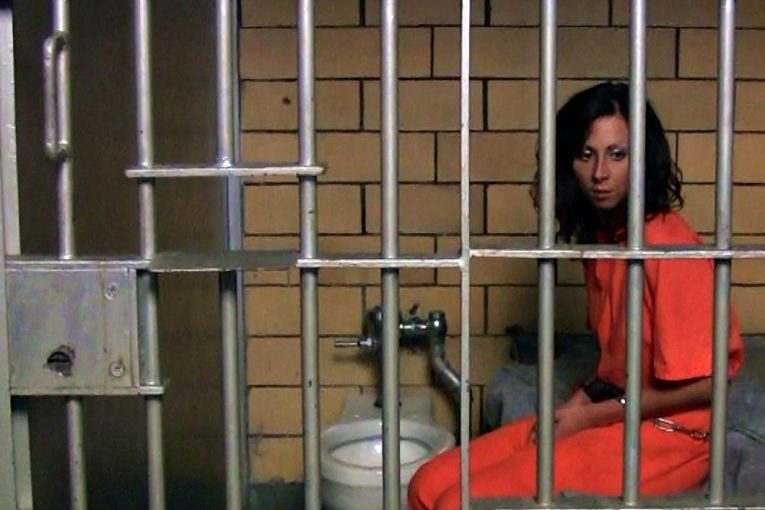
WASHINGTON, DC – In the last four decades, the number of incarcerated women has increased sevenfold, according to The Sentencing Project in a recently published report that states between 1980 and 2022, there has been more than a 585 percent increase in the population of incarcerated women.
This surge is attributed to “more expansive law enforcement efforts, stiffer drug sentencing laws, and post-conviction barriers to reentry that uniquely affect women.”
Interestingly, the rate of imprisonment for women of color has decreased, while incarceration of white women has increased, the report found.
The report notes that despite a “substantial downsizing” during the COVID-19 pandemic, the pre-pandemic trend of increasing rates of female incarceration has resumed, with now over 975,000 women under the supervision of the criminal justice system.
The Sentencing Project reports that at the national level, encompassing both state and federal prisons, “49 out of every 100,000 women were incarcerated in 2022.”
The study further notes that although men still make up the majority of the total incarcerated population, the rate of growth of female imprisonment has been twice as high as that of men since 1980.
The report reveals that offense types between men and women in state prisons also differ significantly.
Women are far more likely to be convicted of a drug offense or property offense, with 25 percent of incarcerated women charged for a drug offense and 19 percent of incarcerated women charged for a property offense.
In contrast, drug offenses and property offenses make up only 12 percent and 13 percent of the incarcerated male population, respectively.
The Sentencing Project explains the proportion of drug offense charges in the incarcerated female population has also shown an upward trend from 12 percent in 1986 to 25 percent in 2021.
The report also delves into racial and ethnic disparities in incarceration rates, noting Black women and Latina women are imprisoned at rates 1.6 and 1.2 times higher, respectively, than white women.
Overall, however, the report states that between 2000 and 2022, the rate of imprisonment for women of color has decreased.
Specifically, the imprisonment rate for Black and Latina women has declined by 69 percent and 18 percent, respectively. In contrast, the rate of imprisonment for white women has increased by 18 percent.
Racial and ethnic background are not the only external factors at play, as the piece points out that there is a high degree of variability in female imprisonment rates between different states. Massachusetts has the lowest rate of female imprisonment at seven per 100,000 women whereas Idaho has the highest rate of female imprisonment at 132 per 100,000 women.
The report, regarding incarceration rates among teenage girls, found that out of the 24,894 youth in residential placement on a typical day, 14 percent of them are girls. The population of girls in residential placement has seen a 75 percent decline between 2001 and 2021.
The study also notes Native American girls are more than four times as likely to be incarcerated (76 per 100,000) than their Caucasian counterparts, stating, “Black girls are also disproportionately incarcerated at over 2.5 times the rate of white girls (46 per 100,000).”
When looking at offense types, the report indicates girls are significantly more likely to be penalized for lower-level crimes, citing 37 percent of youth in placement for status offenses (such as truancy and curfew violations) are girls.
Additionally, 60 percent of youth incarcerated for running away and 25 percent of youth incarcerated for status offenses and probation violations are girls.
The report concludes the female proportion of youth arrests between 1990 and 2020 jumped from 18 percent to 29 percent. In these most recent arrests in 2021, girls were held in detention facilities 24,386 times and committed to out-of-home placement after their adjudication 5,259 times.